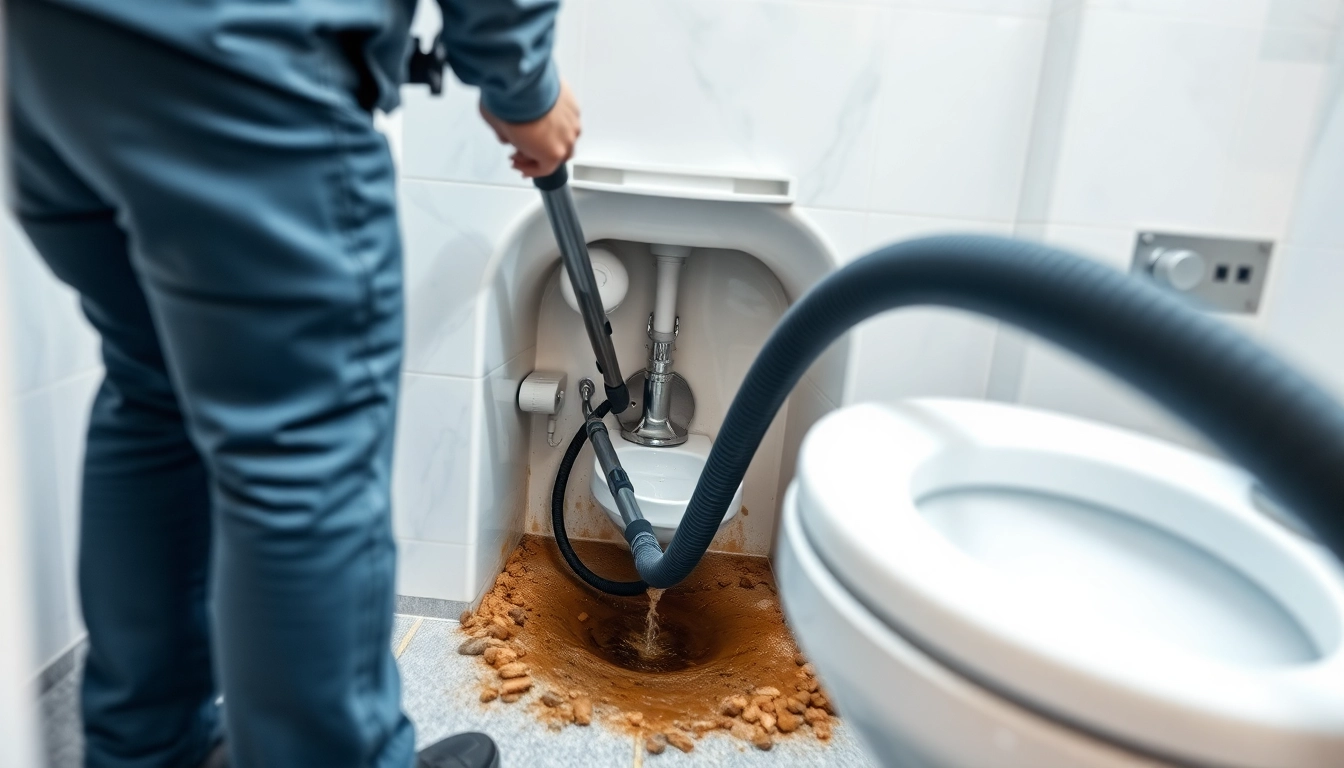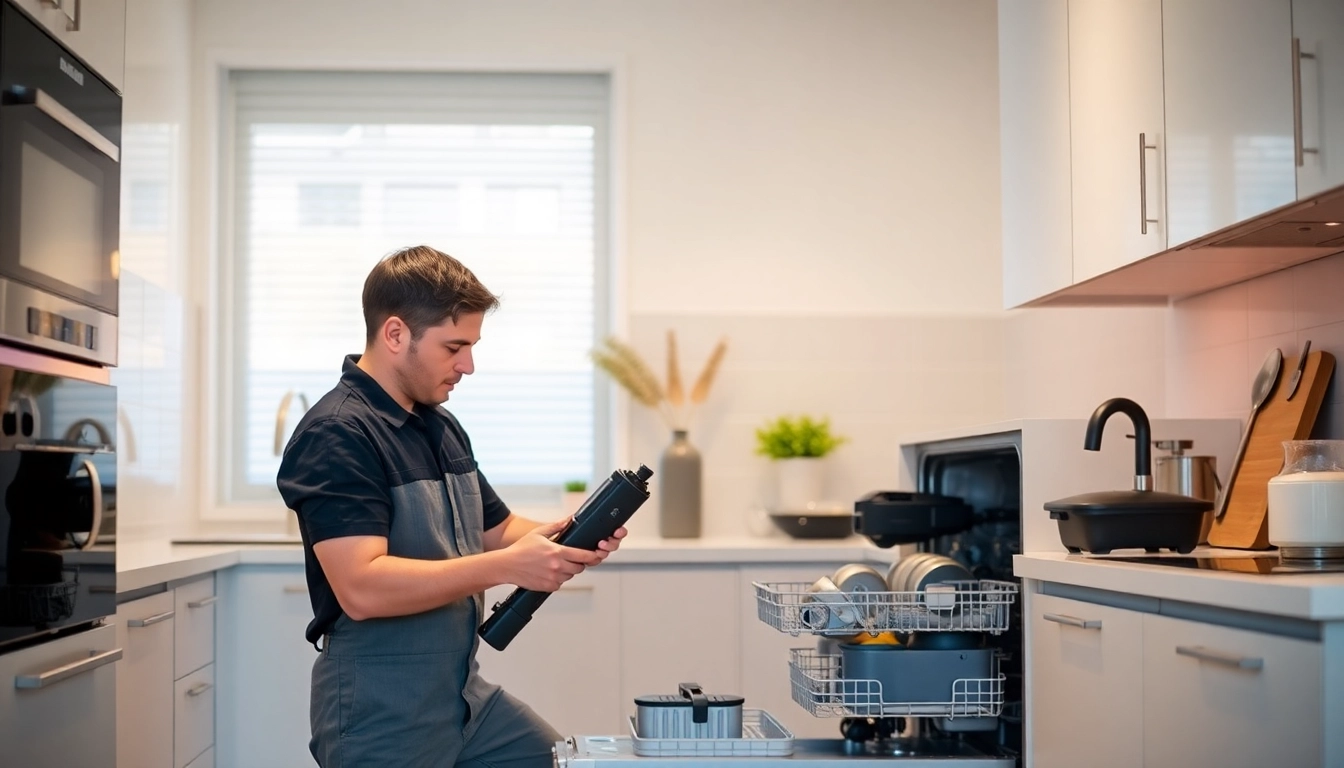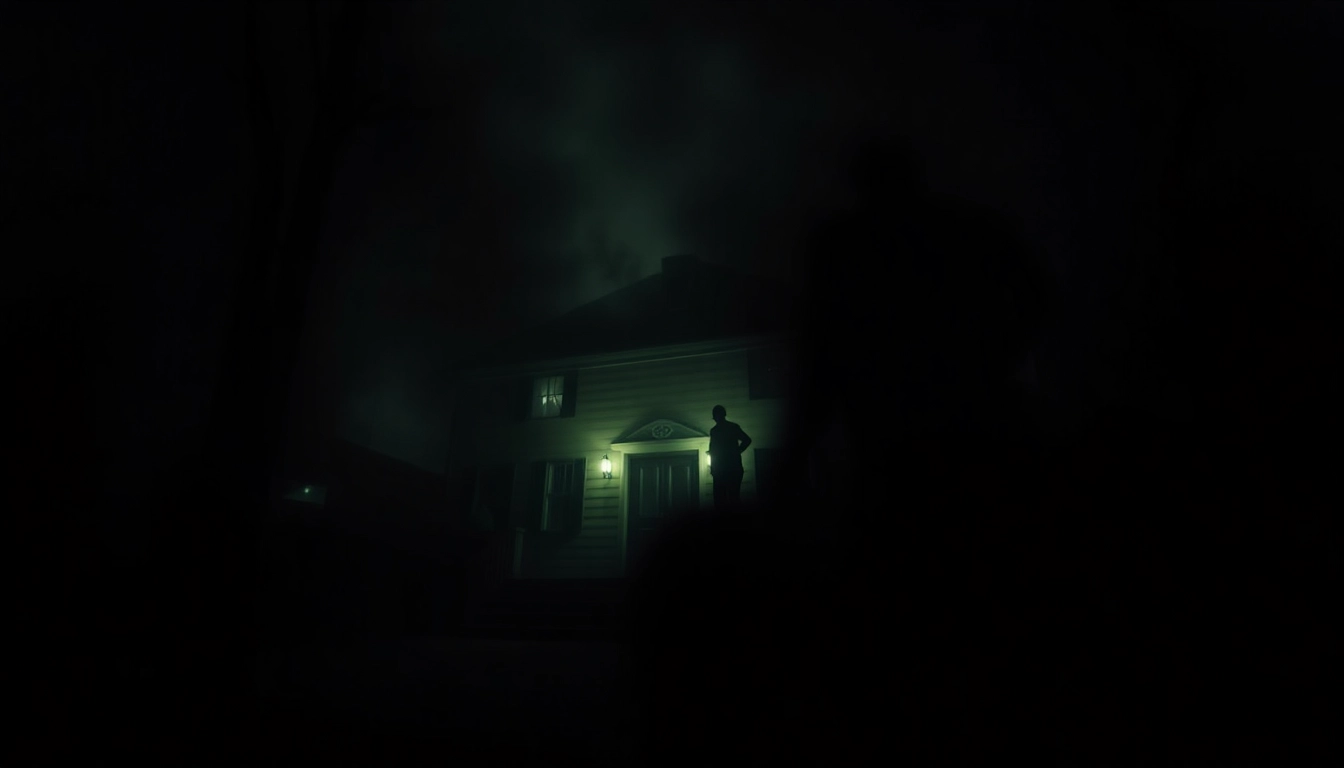
Understanding Heritage Window Restoration and Its Benefits
Heritage windows stand as quintessential features of historic properties, embodying architectural styles and craftsmanship from bygone eras. Preserving these windows isn’t just about maintaining aesthetics; it’s about safeguarding cultural heritage, enhancing property value, and ensuring long-term sustainability. As interest in conservation-led renovations grows, so does the importance of specialized heritage window restoration. If you’re aiming to restore your historic property while honoring its original character, understanding the nuances of heritage window restoration is essential. For an in-depth exploration of this craft, visit Heritage window restoration to get started on your journey.
What Are Heritage Windows and Why Are They Important?
Heritage windows are original or replica windows designed to match the traditional architectural style of a historic building. They often feature distinctive elements such as sash configurations, leaded glass, timber frames, and decorative detailing unique to specific periods. Preservation of heritage windows is vital because they contribute significantly to the architectural integrity and historic ambiance of a building. Replacing these windows with modern equivalents often results in a loss of character, diminishing the property’s authenticity and often impacting its listed status.
Protecting and restoring heritage windows aids in maintaining a building’s original aesthetic, which is often a legal requirement for listed or protected sites. Furthermore, authentic restoration can improve thermal performance and energy efficiency without compromising historic value, creating a harmonious blend of tradition and modern practicality.
The Advantages of Restoring Over Replacing Heritage Windows
Choosing restoration instead of replacement offers a plethora of benefits—both tangible and intangible. Firstly, preservation maintains the historical authenticity of your property, which is often mandated for listed buildings and conservation areas. Secondly, restoration typically proves more cost-effective in the long run; repairing and refurbishing existing frames avoids the high expenses associated with sourcing or custom-making new heritage-style windows.
Additionally, repairs preserve the craftsmanship embedded in original materials, contributing to sustainability by reducing waste and energy consumption. Modern replacements, despite offering potentially better insulation, might compromise the building’s historic integrity. With advances in window retrofitting techniques, heritage windows can now be upgraded to meet contemporary efficiency standards while respecting their original design. This approach ensures that your property remains both functional and historically accurate.
Legal and Conservation Considerations for Heritage Properties
Heritage buildings often fall under legislative protections, meaning any modifications—particularly external alterations—require planning permission or listed building consent. Laws in the UK, such as the Planning (Listed Buildings and Conservation Areas) Act 1990, emphasize preserving the character and appearance of historic properties. Therefore, engaging qualified professionals experienced in heritage conservation is critical.
Consulting with conservation officers early in the process ensures that restoration plans comply with these regulations, reducing the risk of delays or legal issues. Restoration specialists follow guidelines outlined by bodies like Historic England, which emphasize repair and sympathetic intervention over replacement whenever possible. Careful documentation and adherence to conservation principles safeguard your property’s legal status and cultural significance.
Steps Involved in Heritage Window Restoration
Initial Assessment and Historic Accuracy
The restoration process begins with a comprehensive assessment of the existing windows. This includes inspecting the condition of timber, glazing, mechanisms, and original hardware. Experts evaluate whether repairs can restore the window’s integrity or if parts need replacement. Historical documentation, photographs, and original drawings often guide restorers to achieve high fidelity with the original designs.
Assessing the need for intervention involves balancing conservation principles with practical considerations such as safety, functionality, and energy performance. Identifying the window’s period, style, and materials ensures that restoration methods align with its historical context, avoiding unsuitable modern substitutions.
Traditional Repair Techniques and Materials
Restoring heritage windows requires meticulous craftsmanship using traditional techniques. This might involve repairing or replacing damaged timber with matching species such as oak, mahogany, or cedar. Historically accurate joinery methods and finishes preserve the window’s authentic appearance and structural properties.
Glazing is another critical aspect. Leaded or stained glass can be repaired or sensitively replaced with similar materials, maintaining visual integrity. Draught-proofing is added delicately—using historic-style brush or pile seals—ensuring improved energy efficiency without altering the window aesthetic.
Specialist restorers also repair or refurbish original hardware, such as sash weights, pulleys, and handles, to maintain authenticity. Oil-based paints, traditional stains, and varnishes are preferred to match original finishes, ensuring longevity and aesthetic coherence.
Finishing Touches: Painting, Glazing, and Weatherproofing
The final stage involves sealing and finishing the restored windows to extend their lifespan and performance. Applying breathable, conservation-grade paints and stains protects timber from moisture and deterioration. Glazing—whether original or modern—should match the historic appearance while offering adequate thermal performance.
Weatherproofing involves installing discreet seals and draught-proofing materials, reducing heat loss and noise ingress without compromising visual authenticity. These finishing touches enhance the comfort and efficiency of your windows, combining preservation with practical benefits.
Choosing the Right Specialist for Heritage Restoration
Qualities of a Trusted Heritage Window Restorer
Expertise in conservation techniques and a thorough understanding of historical architecture are non-negotiable when selecting a restoration specialist. Experienced craftsmen should demonstrate a portfolio of successful heritage projects, knowledge of traditional materials, and familiarity with relevant regulations.
Accreditations from trade organizations or heritage conservation bodies serve as indicators of professionalism. Transparency in quoting, detailed project planning, and adherence to conservation principles are additional qualities that signal a reputable firm.
Questions to Ask Before Your Project Begins
- Can you provide references and case studies of similar projects?
- What approaches will you use to ensure authenticity?
- How do you handle potential damages or unforeseen issues?
- What is the estimated timeline and budget?
- Are you familiar with local conservation regulations?
Clarifying these points upfront helps set clear expectations and fosters a collaborative working relationship, ultimately delivering the best results for your historic windows.
Case Studies Showcasing Successful Restorations
Many restoration companies have documented their work to highlight best practices. For example, a Victorian townhouse might have benefited from painstaking timber repair, authentic glazing, and traditional staining, returning the window to its original splendor. Each case underscores the importance of meticulous craftsmanship and attention to detail in preserving the building’s character.
These success stories not only serve as inspiration but also demonstrate the tangible benefits—including enhanced appearance, increased energy efficiency, and preservation of cultural value—resulting from dedicated heritage restoration efforts.
Cost, Timeline, and Maintenance of Restored Heritage Windows
Budgeting for Authentic Restoration Projects
Restoration costs vary depending on the window’s size, condition, and complexity. On average, a single heritage sash window can cost between £800 and £2,500 for professional restoration, including materials and labor. Larger or more intricate stained-glass units may command higher prices.
While initial expenses may seem substantial, long-term savings in energy costs and the preservation of historic integrity make restoration a worthwhile investment. For a precise quote, consult reputable specialists who can evaluate your specific requirements.
Expected Duration and Key Milestones
The timeline for heritage window restoration typically spans from 4 to 12 weeks per property, depending on the scope of work. Key milestones include initial assessment, dismantling, repairing or recreating components, reassembly, finishing, and installation.
Effective project management—coupled with detailed planning—ensures timely completion, minimizes disruptions, and guarantees quality workmanship at each stage.
Long-Term Care and Preservation Tips
Proper maintenance is essential for extended durability. Regular inspections for signs of rot, paint deterioration, or hardware issues are recommended. Cleaning with gentle, conservation-friendly products helps preserve finishes, while repainting and resealing should be performed every 5-7 years.
Weatherproofing measures—like installing discreet draught seals—reduce stress on the timber. When necessary, engaging professionals for periodic restoration or refurbishment can sustain the beauty and integrity of your heritage windows for decades to come.
Innovations in Heritage Window Restoration
Modern Enhancements That Respect Historic Integrity
Recent advances in conservation technology allow for innovations that improve energy efficiency without compromising authenticity. For example, the retrofitting of heritage windows with slim-profile, double-glazed units—such as the revolutionary 10mm thick options—ensures thermal performance while maintaining the original look. This seamless integration preserves visual aesthetics and authenticity, crucial for conservation-grade properties.
Double Glazing and Energy Efficiency Options
Double glazing has traditionally been a challenge for heritage windows due to its visual bulk. However, modern techniques now offer slim-profile glass units that fit within existing frames, minimizing aesthetic disruption. These upgrades substantially reduce heat loss and noise pollution, making historic homes more comfortable and environmentally friendly.
Additional measures, including secondary glazing and specialized weather seals, can boost energy performance further, all while respecting the building’s original features.
Environmental and Sustainability Benefits
Restoring and maintaining heritage windows aligns with sustainability principles, as it extends the lifespan of existing materials and reduces waste. Conservation practices minimize the carbon footprint associated with manufacturing new windows, preserving resources. Moreover, energy-efficient upgrades decrease the building’s overall environmental impact—lowering carbon emissions and utility costs—making heritage window restoration both ecologically responsible and cost-effective.





